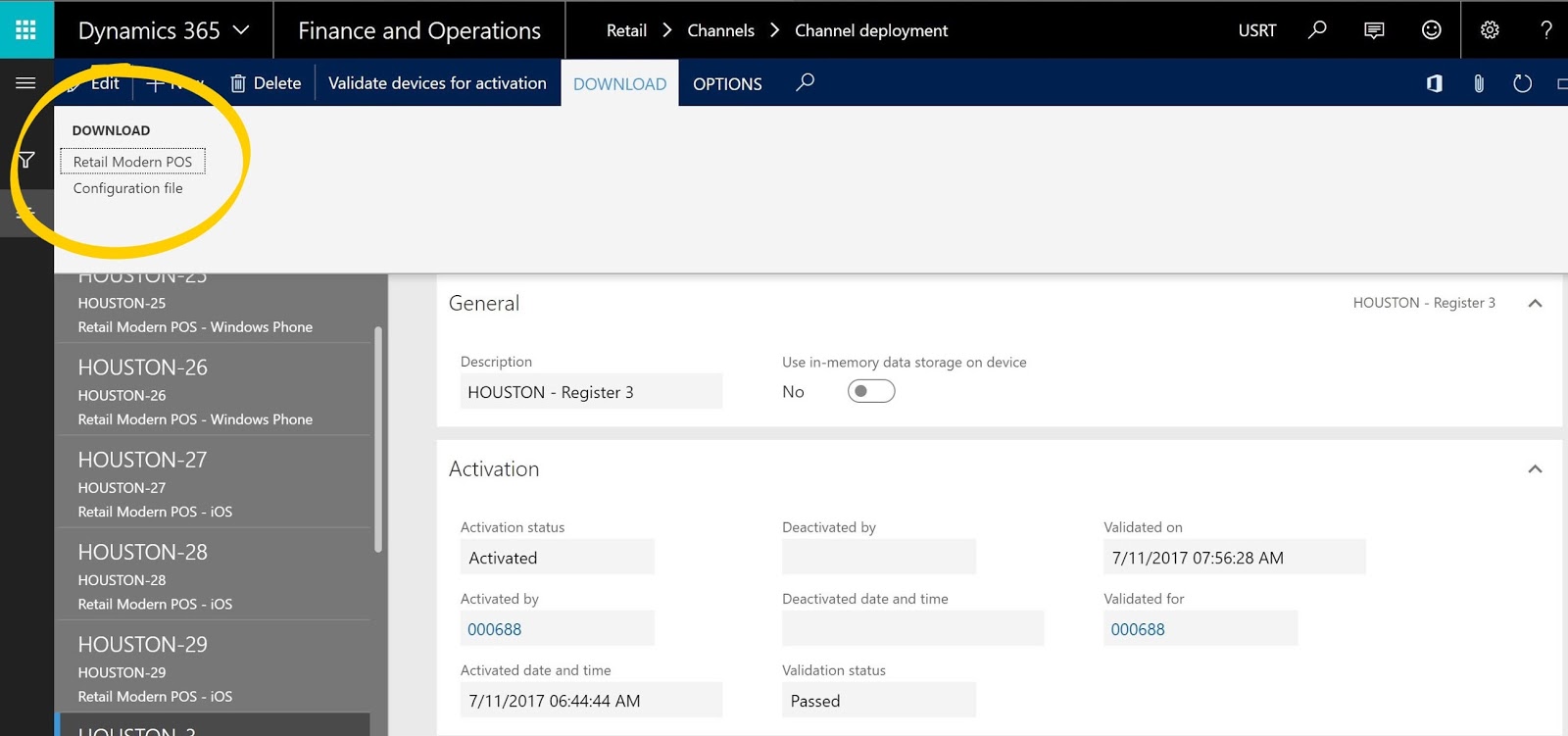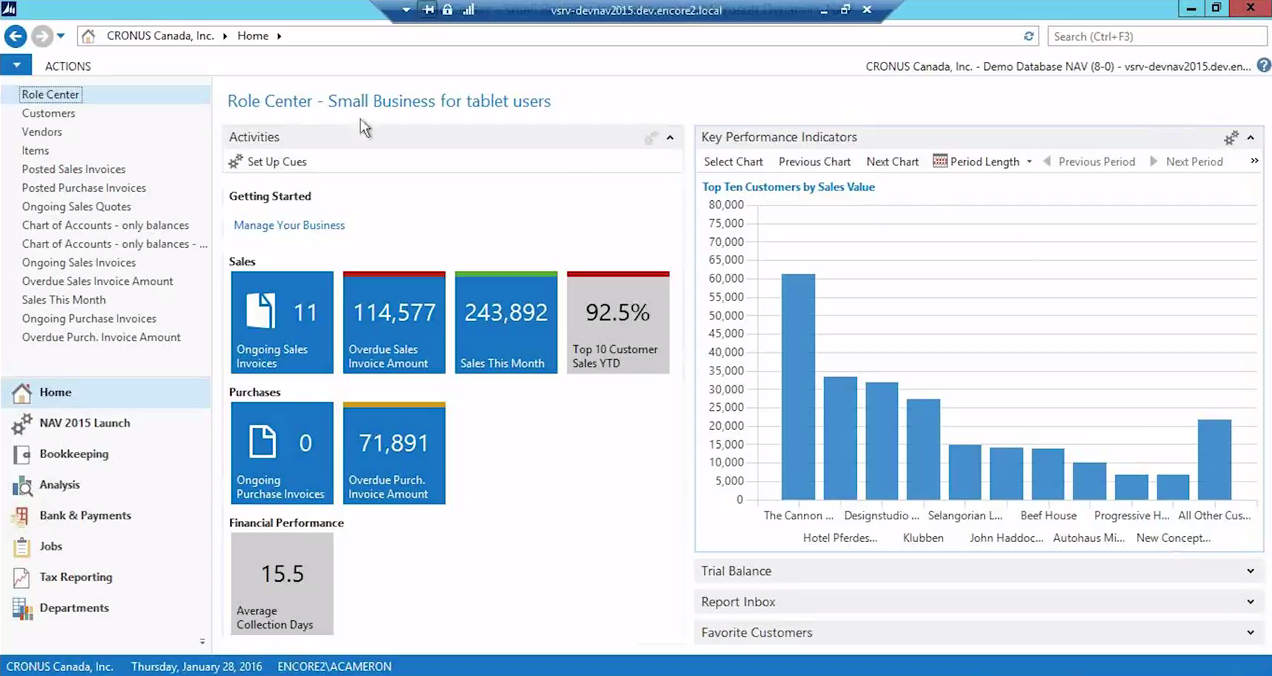


In scenarios where specific registers or users require specialized layouts, those layouts can be assigned.ĭepending on which level the screen layouts are assigned, you need to run the 1070 ( Channel configuration), 1090 ( Registers), and/or 1060 ( Staff) distribution schedule jobs to synchronize the latest screen layout configurations to the channel database. In a simple scenario where all users use the same layout, regardless of register or role, the screen layout can be set only at the store level. The user assignment overrides the register and store assignments, and the register assignment overrides the store assignment. Screen layouts can be assigned at the store, register, or user level. The Default start screen setting lets you specify the default screen that appears after sign-in for each screen layout. The content and layout are configured by using the screen layout designer.ĭefault start screen – Some retailers prefer that cashiers go directly to the Transaction screen after sign-in. Transaction screen – The Transaction screen is the main screen in the POS for processing sales transactions and orders. Typically, operations that aren't specific to the current transaction are put on this screen. The welcome screen can consist of a branding image and button grids that provide access to POS operations. Welcome screen – In most cases, the welcome screen is the page that users see when they first sign in to the POS. Screen layout configurations determine the actions, content, and placement of UI controls on the POS Welcome screen and Transaction screen. You need to run the 1090 ( Registers) distribution schedule job to synchronize the latest visual profile configurations to the channel database. The Right layout and date/time display don't apply to the sign-in screen in compact view. As for background images for the sign-in screen, the file size should be kept as small as possible. Background – You can specify a background image that is used instead of the solid theme color throughout the application.The file size of background images should be kept as small as possible. Login background – You can specify a background image for the sign-in screen.The file size should be kept as small as possible, because application behavior and performance can be affected when large files are stored and loaded. We recommend that you use an image that has a transparent background. Logo image – You can specify a logo image that is shown on the sign-in screen.The default selection is Default to OS keyboard. The number pad is a virtual keyboard that is used primarily for touch-based devices. Keyboard – You can select between Default to OS keyboard and Show number pad to specify the default keyboard that is used for input on the sign-in screen.Show date/time – When this option is turned on, the current date and time are shown in the POS header and on the sign-in screen.The layout affects the alignment of the sign-in box on the sign-in screen. Layout – You can select between the Centered and Right layouts.Always show application bar labels – When this option is turned on, the label text is always visible under the application bar buttons.The font scheme affects the font size throughout the application.


Font scheme – You can select between the Standard and Large font schemes.Header color – You can configure the color of the page header to meet the retailer's branding requirements.Typically, these elements are actionable. Accent color – The accent color is used throughout the POS to differentiate or highlight specific visual elements, such as tiles, command buttons, and hyperlinks.The theme affects the font and background colors throughout the application. Theme – You can select between the Light and Dark application themes.Description – You can specify a meaningful name that will help identify the correct profile for your situation.Profile number – The profile number is the unique identifier of the visual profile.Every user who signs in to the register sees the same theme, layout, colors, and images. Visual profiles are assigned to registers, and they specify the visual elements that are register-specific and shared across users. The following illustration shows the relationships among the various entities that make up the configurable aspects of the POS UI. This topic provides information about those configuration options. The user interface (UI) of the Microsoft Dynamics 365 Commerce point of sale (POS) can be configured by using a combination of visual profiles and screen layouts that are assigned to stores, registers, and users.


 0 kommentar(er)
0 kommentar(er)
